Data centers are growing in size and number as AI prompts widespread global expansion
Generative AI continues to push up demand for more sites and increased capacity at physical locations
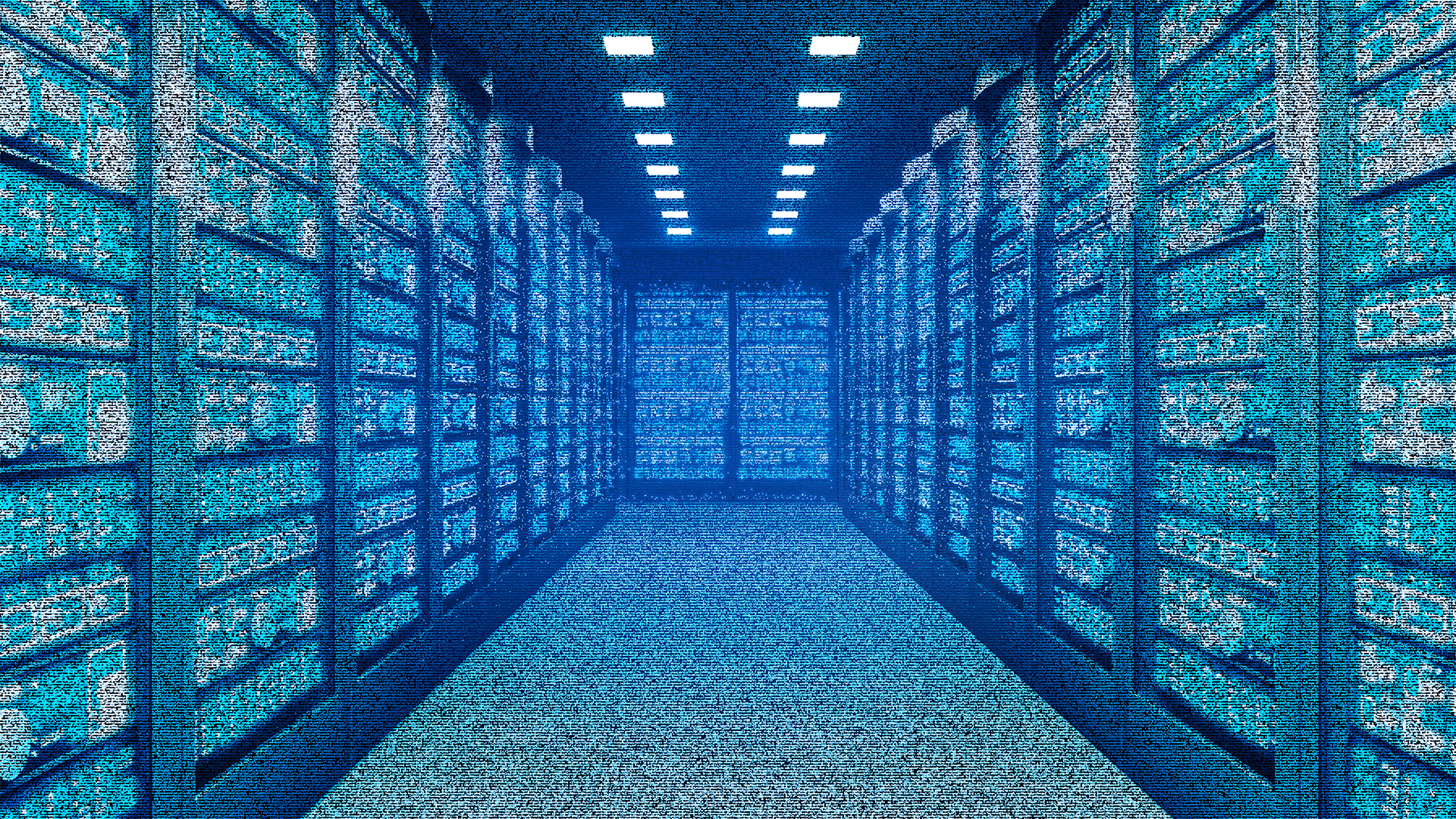

Data centers will continue to surge in both size and number according to early reports in 2025, building on the trend of outlooks published last year.
The average capacity of hyperscale data centers set to open between now and 2029 will be almost double that of current facilities, according to research from Synergy Research Group.
While the critical IT load of hyperscale data centers typically increases over time, Synergy said generative AI has supercharged that trend.
At the same time, the number of operational hyperscale data centers continues to grow, and Synergy found there will be an element of retrofitting existing sites to increase capacity. All told, this will see the total capacity of all operational data centers grow almost threefold by 2030.
“The number of operational hyperscale data centers continues to grow inexorably, having doubled over the past five years,” John Dinsdale, a Synergy Research Group analyst, said.
“The math is complicated as the mix of hyperscale data centers continues to change - old versus new, region by region, and owned versus leased - but in aggregate we will see GPU-oriented infrastructure leading to a doubling of the capacity of new hyperscale data centers,” Dinsdale added.
Similarly, research from real estate firm JLL found that all signals suggest AI data center demand will continue to build momentum in 2025.
Get the ITPro daily newsletter
Sign up today and you will receive a free copy of our Future Focus 2025 report - the leading guidance on AI, cybersecurity and other IT challenges as per 700+ senior executives
Based on an analysis of developments both under construction and in planning, JLL found the global data center market will likely grow at a 15% compound annual growth rate (CAGR) through 2027. This is JLL’s baseline forecast, with upside potential for a 20% CAGR.
More of the same in 2025
Both reports build on a trajectory firmly established in 2024, which saw most research estimate steep data center growth on the back of an increasing industry focus on generative AI.
2024 saw demand for hyperscale locations increase, according to previous research from Synergy, with these data centers accounting for over 40% of global capacity compared with figures from 2018, which put on-prem facilities constituted 60% of capacity.
This growth is also expected to place significant strain on energy grids on both sides of the Atlantic, with industry stakeholders voicing concerns over a surge in power consumption and the associated environmental effects.
Research from Berkeley Lab, which analyzed data center electricity use in the US, found that data centers could be using 12% of American energy by 2028, marking an increase up from its current 4.4%.
RELATED WHITEPAPER
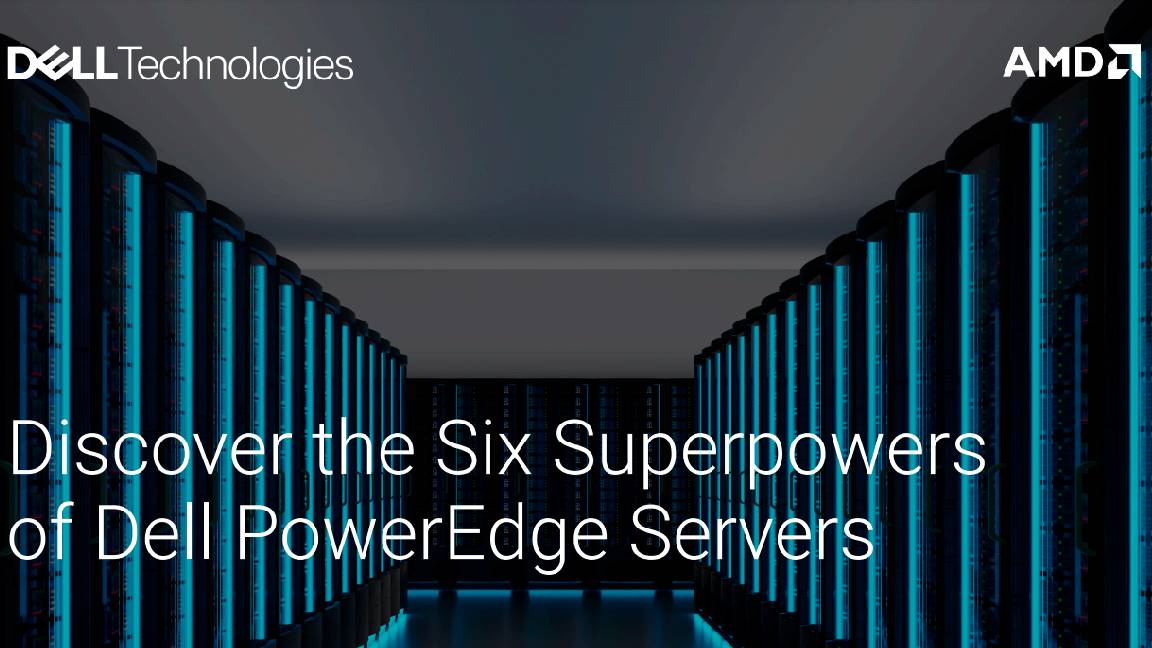
This upward trajectory in both infrastructure expansion and energy consumption could pose problems, though. Schneider Electric expressed “significant concerns” at the growth of data center electricity demand, suggesting it may begin to impact regional energy networks.
“Power is definitely a challenge. As an industry we need it, and our customers need it, but the unfortunate reality is that countries haven't invested in power infrastructure or been able to keep up with demand in key locations,” David Watkins, solutions director at VIRTUS Data Centres, told ITPro.
“The result is that often there is power, but the national grids cannot deliver it to the areas where it is needed,” Watkins said.
Watkins added that data center providers must continue to push hard on lowering Power Usage Effectiveness (PUE) and Water Usage Effectiveness (WUE) and develop more efficient technologies.

George Fitzmaurice is a former Staff Writer at ITPro and ChannelPro, with a particular interest in AI regulation, data legislation, and market development. After graduating from the University of Oxford with a degree in English Language and Literature, he undertook an internship at the New Statesman before starting at ITPro. Outside of the office, George is both an aspiring musician and an avid reader.
-
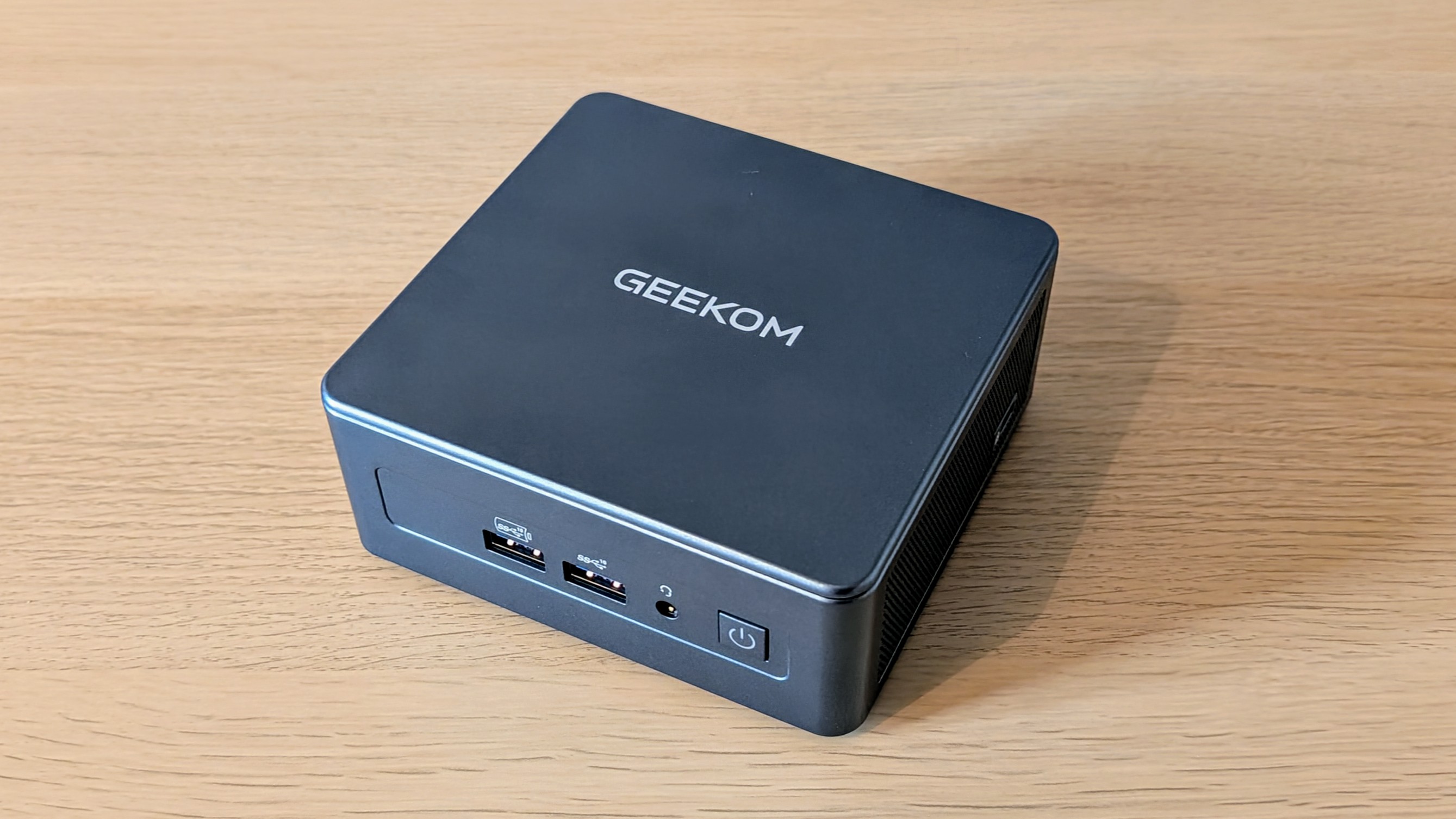 Geekom Mini IT13 Review
Geekom Mini IT13 ReviewReviews It may only be a mild update for the Mini IT13, but a more potent CPU has made a good mini PC just that little bit better
By Alun Taylor
-
 Why AI researchers are turning to nature for inspiration
Why AI researchers are turning to nature for inspirationIn-depth From ant colonies to neural networks, researchers are looking to nature to build more efficient, adaptable, and resilient systems
By David Howell
-
 National Grid investment wing backs AI startups to boost energy efficiency
National Grid investment wing backs AI startups to boost energy efficiencyNews National Grid Partners, the venture capital and innovation arm of the UK utility firm, has unveiled plans to invest $100 million in AI startups in the energy field.
By Emma Woollacott
-
 Can AI deliver better broadband?
Can AI deliver better broadband?News AI can help operators build broadband better, in particular if it's used to design networks, according to new research.
By Nicole Kobie
-
 Meta is building the world’s longest subsea cable: Project Waterworth will span 50,000 km and connect five continents – and it aims to boost global connectivity and AI services
Meta is building the world’s longest subsea cable: Project Waterworth will span 50,000 km and connect five continents – and it aims to boost global connectivity and AI servicesNews Meta has announced plans to build the world's longest subsea cable in a bid to supercharge global connectivity and drive AI innovation.
By Emma Woollacott
-
 UK regions invited to apply for ‘AI Growth Zone’ status
UK regions invited to apply for ‘AI Growth Zone’ statusNews The UK government has opened up bidding for regions hoping to secure 'AI growth zone' status.
By Emma Woollacott
-
 Scientists say they can cut data center energy use by changing just a few lines of code
Scientists say they can cut data center energy use by changing just a few lines of codeNews Researchers at Canada's University of Waterloo have found a way to reduce data center energy use by making alterations to the Linux Kernel to improve network traffic processing.
By Emma Woollacott
-
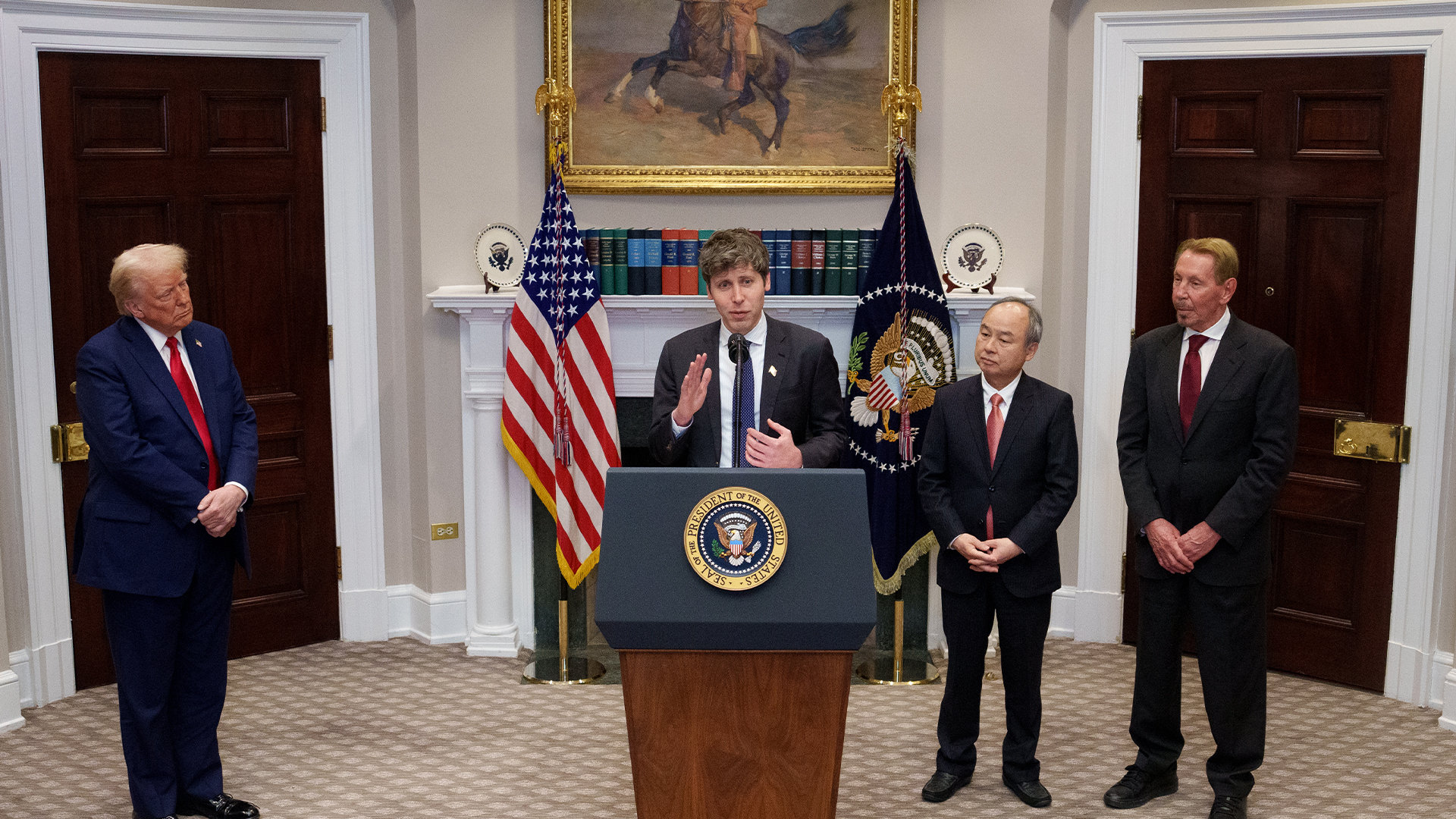 Stargate project: OpenAI, Oracle pledge support for $500 billion AI infrastructure drive
Stargate project: OpenAI, Oracle pledge support for $500 billion AI infrastructure driveNews US President Donald Trump has unveiled the launch of the $500 billion Stargate Project to expand US AI infrastructure in collaboration with OpenAI, Oracle, and SoftBank.
By Emma Woollacott
-
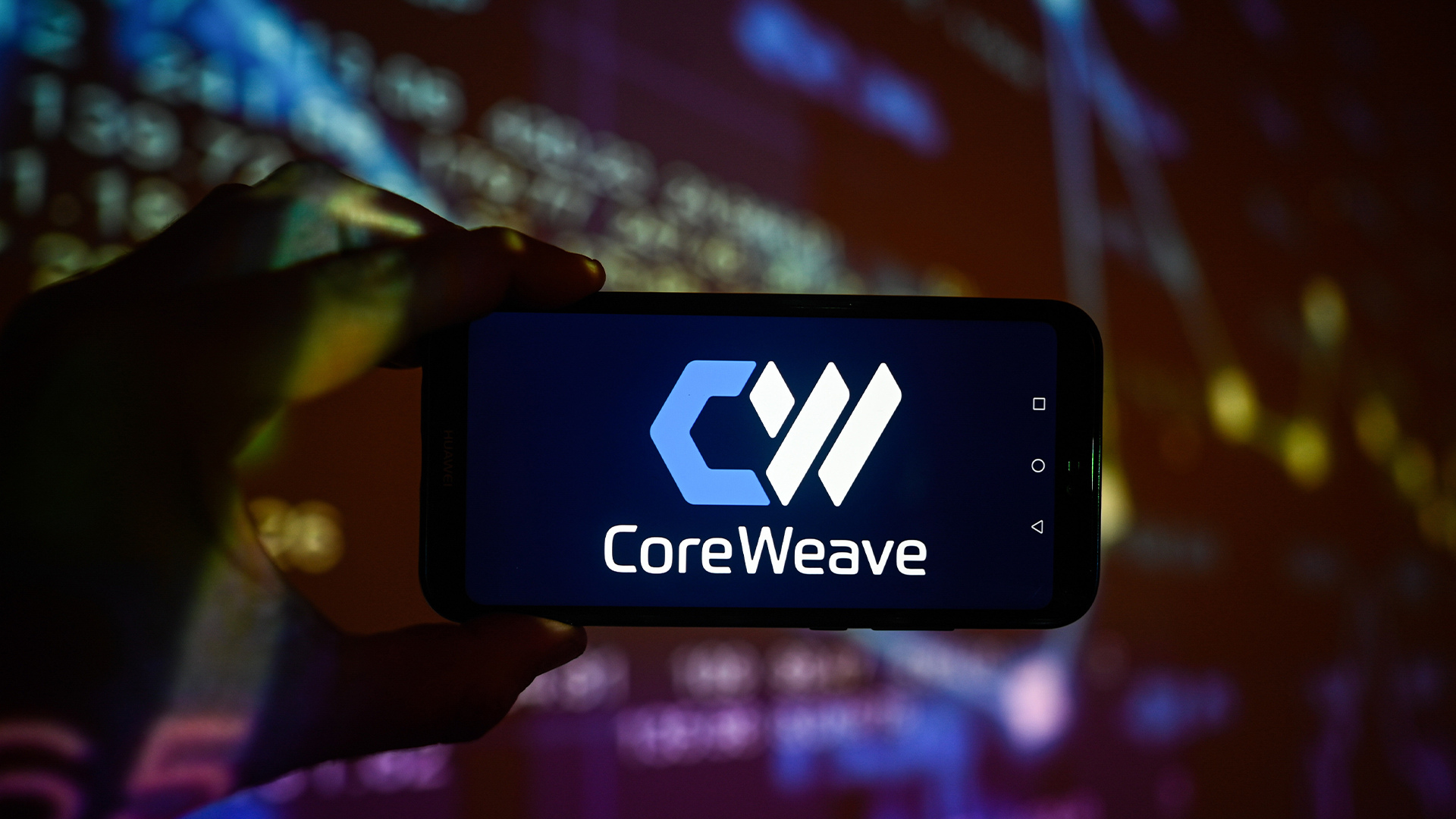 CoreWeave’s first two UK data centers are now operational
CoreWeave’s first two UK data centers are now operationalNews The company's European plans for this year also include new facilities in Norway, Sweden, and Spain
By Emma Woollacott
-
 Future-proofing operations
Future-proofing operationsWhitepaper The Foundational Role of IT Infrastructure and Connectivity Solutions in Achieving Business KPIs
By ITPro